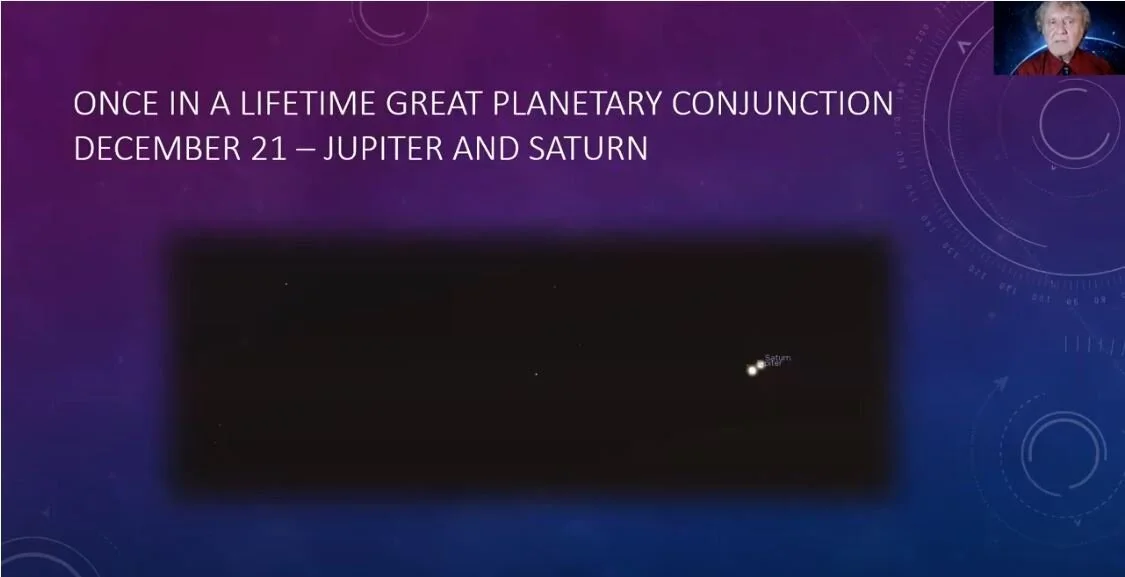ICYMI: Mystery & Majesty of Saturn's Rings
In case you didn’t have a chance to join us for Super Stellar Friday last week, here is the link to the recording- lots of amazing images and fascinating information!
Coming Soon: Super Stellar Friday- Mystery & Majesty of Saturn's Rings
Get ready for our next virtual Super Stellar Friday event on March 5th at 7pm- Mystery & Majesty of Saturn’s Rings!
Captivating people for more than four hundred years, Saturn’s rings have long held many mysteries. Where did they come from? What are they made of? Why are they so big? Why don't other planets have rings like this? Thanks to studies and imaging from the Cassini Mission to Saturn, scientists were able to improve decades old theories to better answer these questions and more. Join Tufts graduate student and McAuliffe-Shepard Discovery Center intern Amanda Leith as we embark on a journey across our solar system to discover the secrets of the rings.
This program is free and open to the public, but registration is required- click here to sign up!
Learn more about tonight’s great planetary conjunction!
Today is the Winter Solstice, the shortest day of the year. Back in March, we explored why we experience seasons, equinoxes, and solstices—check out that blog post to learn more about those yearly occurrences! Today is also the day of a once-in-a-lifetime astrological event: the great planetary conjunction of Jupiter and Saturn. The Discovery Center’s longtime educator, Dave McDonald hosts a television show about astronomy on ConcordTV, The Sky This Month. In his December show, Dave covered this amazing meeting of the two largest planets in our solar system.
Saturday STEM Challenge: Finding Planets in the Sky
We’re spending the week looking at the planets, and this week’s Saturday STEM challenge is about just that: looking at the planets!
For as long as people have been on Earth, they have been observing the night sky. This week, we’re challenging you to make like ancient civilizations and watch the sky. Using the given information and tools, try to track the planets. Since the sky never looks the same two nights in a row, you can try this challenge for as long as you want, trying to see as many different planets as you can.




